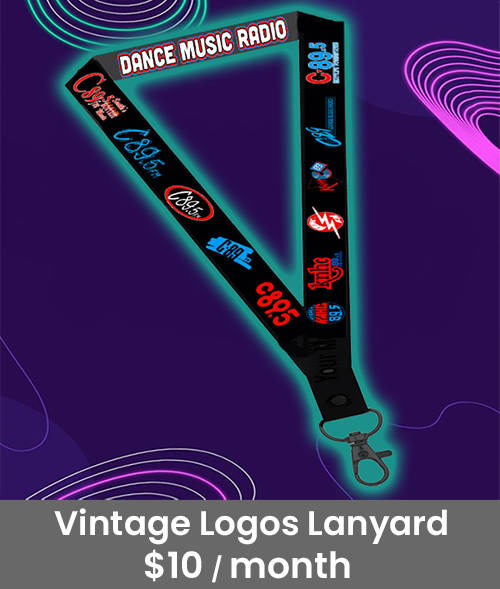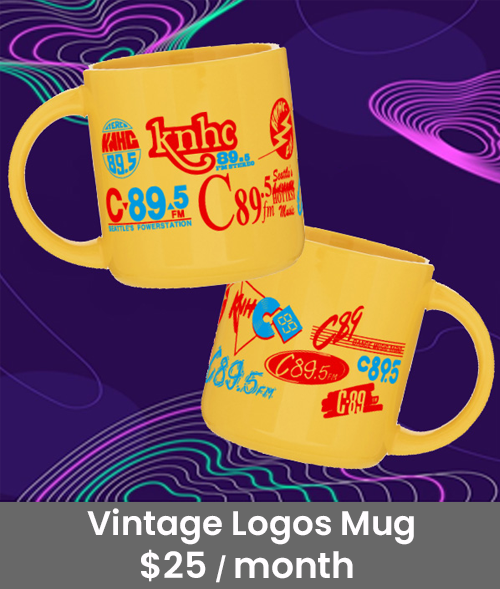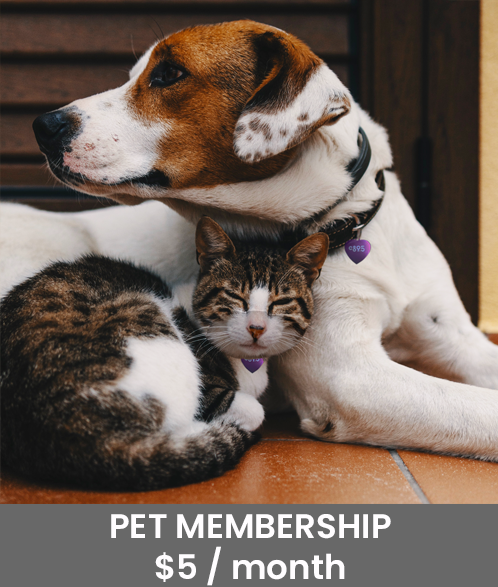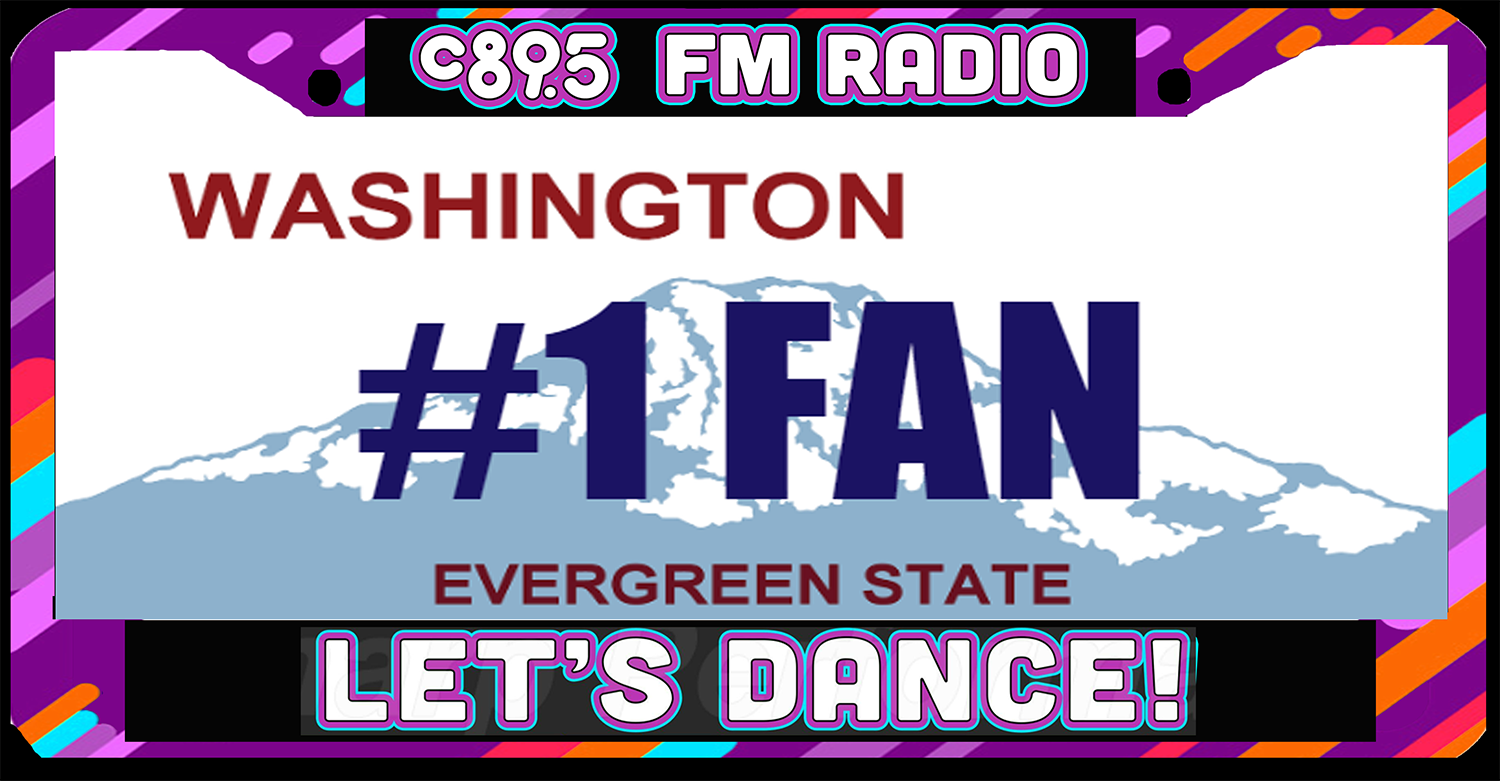The c89.5 transmitter broadcasts at 8500 watts (ERP) from our antenna on Cougar Mountain at 1220 feet above average terrain (basically sea level.) Our signal reaches more than 2 million listeners across the Puget Sound. Here’s a detailed map of our coverage area.
To enjoy the best mix of dance music on the radio you need three things:
1. A good antenna
2. A good location
3. A good radio
If you have all three of these, you could potentially receive c89.5 as far north as Vancouver, BC or Olympia to the south.
FACT: FM radio waves travel more-or-less in straight lines. They are weakened by objects that get between the transmitter and receiver, such as buildings and mountains.
Thanks to radiobob (at) ncpr.org for this overview of how to get good radio reception!
RADIOS
For good reception, a radio must have good selectivity (selectivity is a radio’s ability to separate weak stations located nearby, on the FM dial, from strong stations) and good sensitivity (the ability to receive weak, distant, stations at all.) You already probably have a radio with these features. This radio is located in your car.
Car Radios
Car radios have to be built to high standards to provide decent reception in a moving vehicle, in the presence of varying terrain, with a serious nearby source of interference (your engine.) You’ve already probably noticed that FM radio reception is usually better in your car than in your house. This is partially because your car radio is probably better than your home radio.
Home/Office radios
Most home radios have poor selectivity and sensitivity. Radios with analog tuning (as opposed to digital tuning, where the radio station’s frequency is displayed in illuminated numbers) will work, but only near a radio station’s transmitter. Most clock radios, under-cabinet radios, “boom boxes”, etc. just don’t work very well… especially when compared to a car radio. Fortunately, if your less-expensive radio has at least one important feature, you may be able to improve reception: a way to attach an antenna.
LOCATION & ANTENNAE
A good antennae and a good location are actually MORE important than the kind of radio you’re using… and they are related in a big way. You can get the same reception in a bad location (using a great antenna) as you can in a good location (using a bad antenna).
Location
- The closer you are located to our transmitter the better chance you have of receiving a clear signal from c89.5
- The higher up your antenna is located, the better chance you have of receiving a clear signal from c89.5 In other words, if your radio has a built-in antenna, it will work better in your attic, than in your basement.
- If your house is on a hill, you’ll get better reception than if it is in a valley
- If there is a large object between your house and the c89.5 transmitter (like a hill, for instance) you will probably receive a poor signal
- If your antenna is outside, it will perform better than if it is inside
Antenna:
- Built-in antennae: Even the lowliest radio has some sort of antenna, typically built-in, with typically poor performance. Most clock/table radios use the power cord as an antenna. (Some mobile phones with an FM radio use the headphone cord as the antenna.) Except in strong signal areas (nearby a transmitter) none of these perform very well. Signals they receive are usually variable; for example, when you walk around the room, the signal strength will change (usually for the worse.) If your radio has a built-in antenna, and you are nearly satisfied with its performance, try moving the AC power cord around. It may work slightly better draped over the dresser, for instance, instead of lying on the floor.
- Wire “dipole” (usually supplied with better radios): This is a flexible wire antenna that comes packed with some radios. Using this antenna will improve reception somewhat. It is attached to the back of the radio, then strung up somewhere in the room as a “T,” with the two ends extended as far as possible from each other. Ideally, the “T” should be stretched out. Since our transmitter is located on Cougar Mountain, you want that “T” to have its arms spread wide toward Cougar Mountain, as if it’s catching a wave to give it a big hug.
- Telescoping antenna(e)/”rabbit ears”: Some “boom boxes” and portable radios have one or two telescoping antenna rods. These perform somewhat better than the wire “dipoles” because you can move the one (or two) rods around for optimal performance.
- Tip: Don’t bother with other indoor antennae that do NOT have a pair of unsightly long rods with them. Circular, ash-tray sized and other types of indoor antennae are meant for UHF television and won’t work very will with an FM radio.
- Tip: We don’t recommend so-called “amplified” indoor antennae. While theoretically they might improve reception, all they really do is amplify whatever weak signal their tiny antenna receives. The size and location of your antenna – not the price or the beauty – are the biggest determinants of its performance.
- Outdoor Antennae: If you can somehow manage an outdoor antenna, this is the way to go. If you want to install a new outdoor FM antenna, there are two types to choose from, “omni-directional” and “directional”. An omni, like the Winegard HD-6010, will receive FM signals from all directions. This is a decent choice if you like to station-hop. If you mostly listen to only one station or most of the stations you listen to are located in (more or less) the same direction, or you could use an antenna “rotator,” you need a directional antenna. Consult your favorite search engine with advice on directional antennae.
INTERFERENCE
The atmosphere is full of radiofrequency signals, some of which will conflict with each other. Here’s a few examples of types of interference to C89.5 that we’ve heard about.
- Interference from other stations: Typically this can be cured through the use of a better antenna location or a radio with better selectivity. If you hear another station while trying to listen to C89.5, try listening on another radio (a car radio, for example) . If the situation improves, you probably need a better antenna or a better radio. Another option is to use a directional antenna, and/or try to re-orient whatever antenna your radio uses. If you can (somehow) increase the amount of c89.5 signal while decreasing the offending signal, then your radio will be able to separate the two stations better.
- Multi-path interference: Sometimes the same FM signal can be received by your radio’s antenna from several different places, at slightly different times. For example, if there is a nearby reflective surface (like a cliff face) the signal might arrive at your antenna directly from the c89.5 transmitter, then a fraction of a second later after it has “bounced” off the rock cliff face. The radio becomes “confused” and noisy, harsh reception can occur. To cure this, try to either use a directional antenna, or try to re-orient your antenna to maximize your reception.
- Other sources of interference: There are plenty of other sources of interference possible, amateur radio operators (talk to them), computers, TV’s, fluorescent lights, electric fences…. Try to determine which of these sources is causing the problem and isolate it…. And/or try to improve the FM signal getting to your radio …. by getting a better antenna or a better location for it.
Thanks to radiobob (at) ncpr.org for this overview of how to get good radio reception!
Web Stream
If all your attempts at listening to c89.5 on the radio fail, you can always listen to c89.5 on our stream on the interwebs, which is apparently a series of tubes or something that kids are into.
c89.5 Mobile App
If you have one of those new “smart” phones, download the c89.5 app for iOS or Android. It has buttons and links and things you can click*
*They don’t really click. It’s just a speaker making a pretend clicking sound so you feel more comfortable. 😉












Follow C89.5